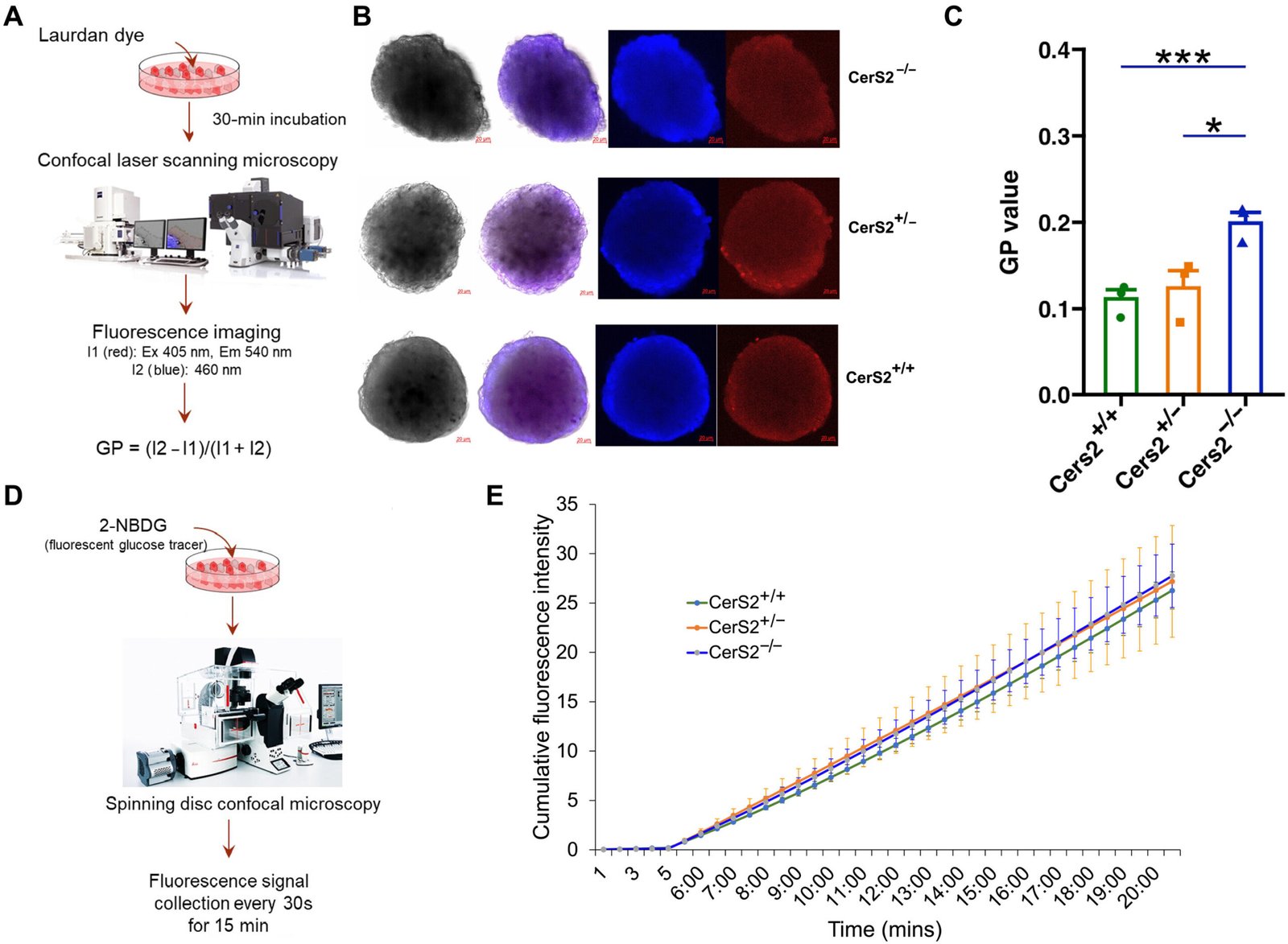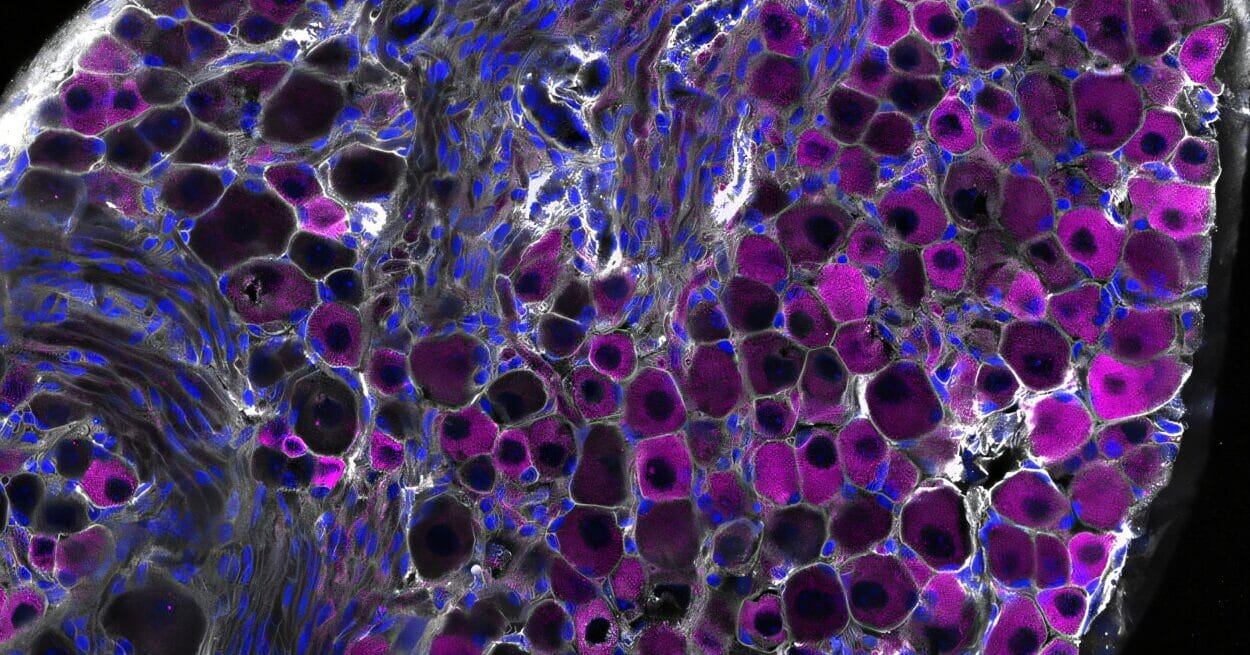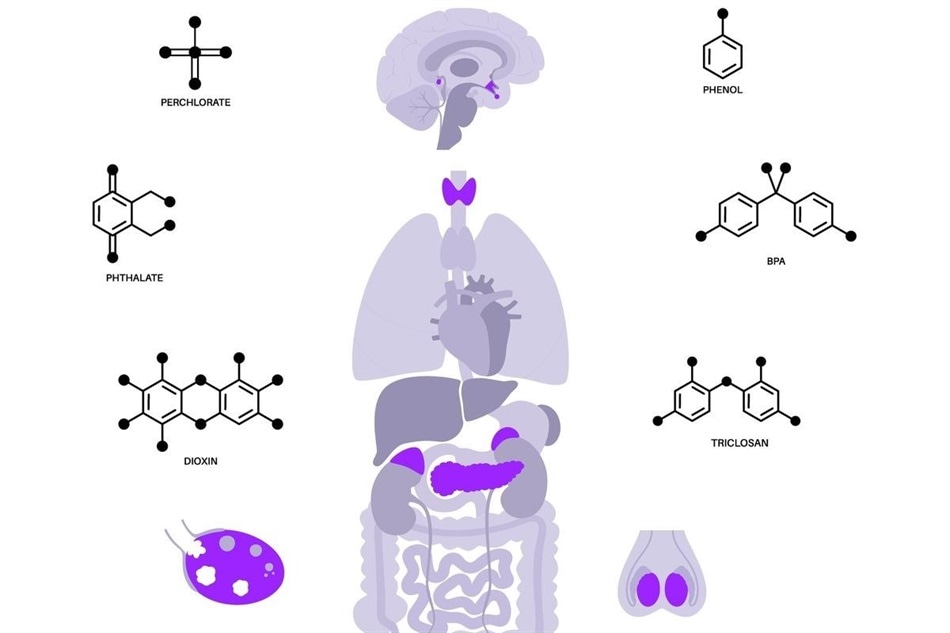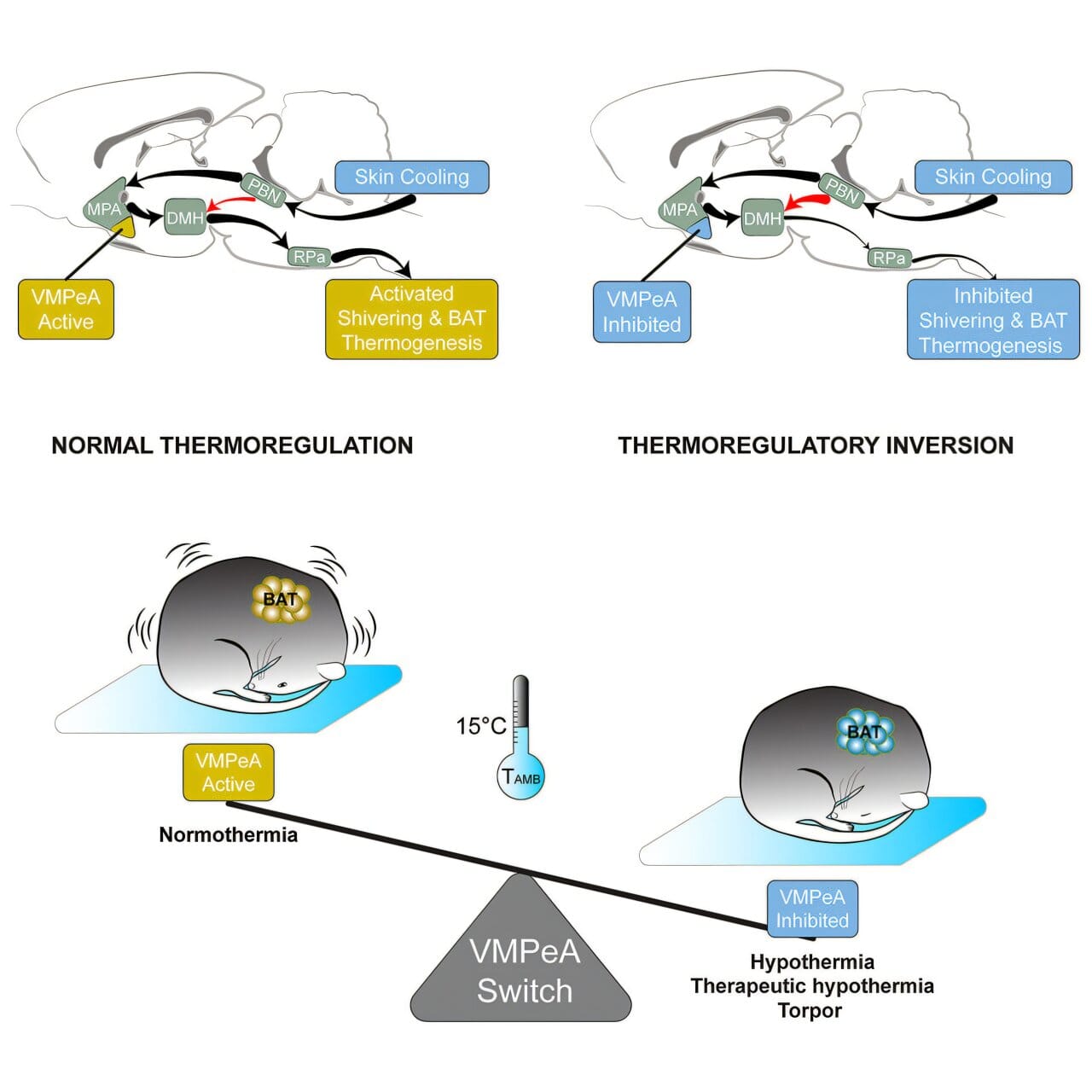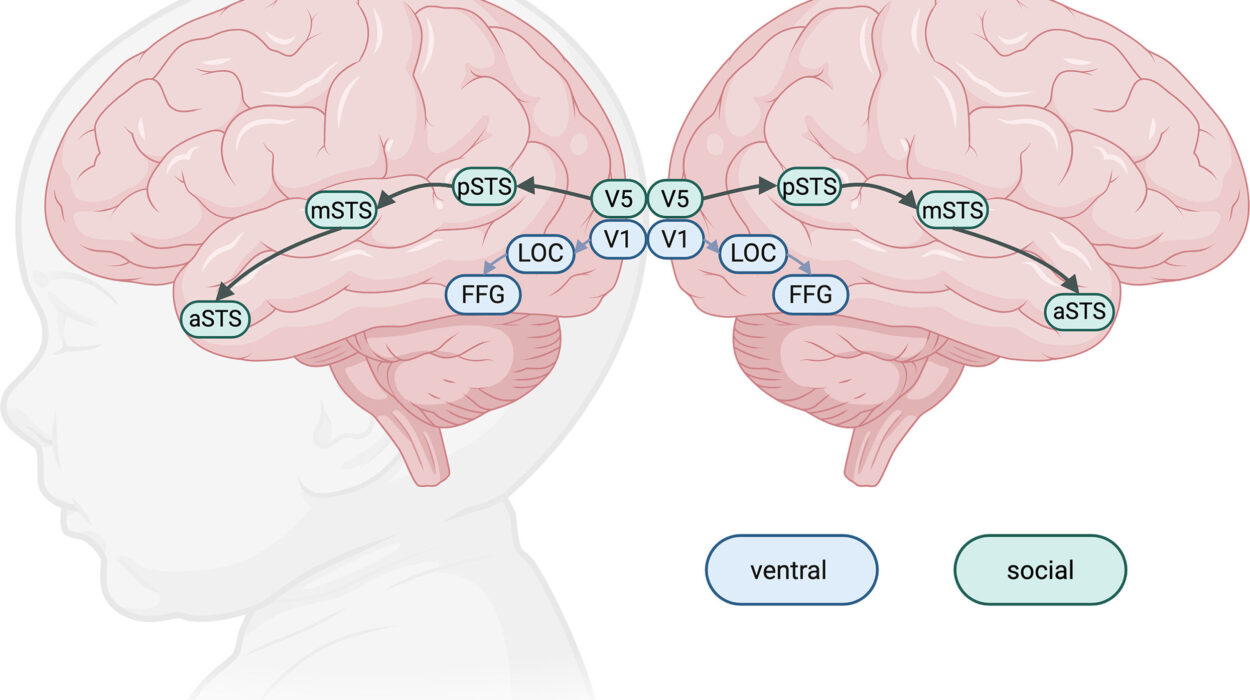Gestational diabetes (GD) is a common pregnancy complication, affecting a significant number of women worldwide. While many women experience a return to normal glucose levels after childbirth, there is a long-term risk: about 35% of those who have had gestational diabetes will go on to develop type 2 diabetes (T2D) within a decade. This shift from GD to T2D has been poorly understood, until now. A groundbreaking study led by Dr. Saifur Khan, Ph.D., a cardiology research faculty member at the University of Pittsburgh’s Vascular Medicine Institute, has identified the molecular mechanisms behind this progression. The findings, published in Science Advances, could open the door to new therapeutic approaches to reduce the risk of type 2 diabetes development in women with a history of gestational diabetes.
The Need for Early Detection and Intervention
Women who experience gestational diabetes during pregnancy are at a higher risk for developing type 2 diabetes later in life, often before the age of 40. This increased risk makes it essential to better understand the biological factors that drive this progression. Dr. Khan, in explaining the significance of the research, noted, “Many of these women who have had gestational diabetes go on to develop type 2 diabetes at a relatively young age, before 40. There is an urgent need to identify root causes in order to develop early detection, prevention, and targeted interventions using precision medicine.”
Despite the recognition of this risk, the exact mechanisms that cause some women to transition from GD to T2D have remained elusive—until now. Dr. Khan’s study is the first to identify molecular changes in the body that mark the progression from gestational diabetes to the more chronic and serious type 2 diabetes.
The Study and Its Findings
The research team focused on a cohort of women from The Study of Women, Infant Feeding and Type 2 Diabetes After Gestational Diabetes (The SWIFT Study), a longitudinal study aimed at exploring diabetes risk in women who experienced gestational diabetes. The cohort examined for this study included 143 Hispanic women, ages 20 to 45, who had a history of gestational diabetes. Among them, 65 developed type 2 diabetes within eight years after childbirth, while the remaining 78 women, who did not develop diabetes, served as control subjects.
The study’s core approach was to analyze a combination of human metabolomic, lipidomic, and genomic data to uncover biomarkers associated with the progression to type 2 diabetes. The team found that women who later developed type 2 diabetes had significantly reduced levels of a class of lipids known as sphingolipids in their blood, even when they were still free from disease.
Sphingolipids are essential molecules involved in a wide range of biological processes, including cell signaling, inflammation, and cellular structure. Among the sphingolipids, very long chain sphingolipids (VLCS) were notably reduced in the blood of women who later developed type 2 diabetes. This discovery suggested a direct link between sphingolipid levels and the development of diabetes, but the underlying cause of this deficiency remained unclear.
The Role of CERS2 Gene in Sphingolipid Production
Dr. Khan’s team traced the reduced production of sphingolipids to a mutation in a gene called CERS2. This gene is involved in the synthesis of sphingolipids and plays a crucial role in regulating the balance of these molecules within the body. In women who went on to develop type 2 diabetes, the CERS2 gene exhibited reduced activity, leading to the production of lower levels of sphingolipids.
To validate their findings, the team conducted experiments using mouse models and insulin-secreting cells donated by humans. These experiments confirmed that the mutation in the CERS2 gene was associated with decreased sphingolipid levels and, more critically, with impaired insulin secretion—a key feature of diabetes. By understanding how this gene malfunctioned in the context of gestational diabetes, the research team was able to link this mutation directly to the progression of type 2 diabetes.
A Potential Early Indicator for Type 2 Diabetes
The findings of this study are significant not just for understanding the molecular mechanisms behind the progression from gestational diabetes to type 2 diabetes, but also for their potential clinical applications. Dr. Khan highlighted, “These insights could pave the way for novel therapeutic strategies aimed at targeting the sphingolipid pathway.”
Because very long chain sphingolipids were found to be reduced even before the onset of type 2 diabetes, they could serve as an early biomarker to predict the likelihood of progression from gestational diabetes. This opens the possibility for earlier interventions, potentially preventing or delaying the development of type 2 diabetes in high-risk women.
Future Directions: Therapeutic Interventions
With this new understanding of the role of CERS2 and sphingolipids in diabetes progression, Dr. Khan and his team aim to explore therapeutic interventions designed to restore proper sphingolipid metabolism. One potential strategy could involve enhancing the activity of CERS2 or minimizing its downstream harmful effects, which would help improve pancreatic beta cell function and insulin secretion capacity.
Pancreatic beta cells are crucial for producing insulin, the hormone responsible for regulating blood sugar levels. Insulin secretion dysfunction is a hallmark of both gestational and type 2 diabetes. Restoring proper beta cell function could help individuals at high risk for type 2 diabetes, particularly those with a history of gestational diabetes, maintain normal glucose levels and avoid the progression to a more chronic condition.
In upcoming studies, Dr. Khan’s team plans to investigate the specific mechanisms through which the loss of CERS2 function contributes to pancreatic beta cell dysfunction. They will also assess the broader metabolic effects of sphingolipid metabolism and determine whether therapeutic interventions aimed at restoring normal sphingolipid levels could serve as effective treatments for pre-diabetes and early-stage type 2 diabetes.
Collaborators and Contributions
The study involved a collaborative effort among researchers from a number of prestigious institutions, including the University of Pittsburgh, the VA Medical Center in Pittsburgh, the University of Toronto, the University of Utah, the Weizmann Institute of Science, and Kaiser Permanente Northern California. Notable contributors to the research included Xiangyu Zhang, Ph.D., and Babak Razani, M.D., Ph.D., from the University of Pittsburgh; Wenyue W. Ye, M.D., and Michael B. Wheeler, Ph.D., from the University of Toronto; and Anthony H. Futerman, Ph.D., from the Weizmann Institute of Science.
Their collective work has brought us one step closer to understanding the complex metabolic changes that lead to type 2 diabetes in women who have had gestational diabetes. The discovery of the role of CERS2 and sphingolipids offers an exciting opportunity to develop precision medicine-based strategies to prevent the progression of diabetes, ultimately improving the health outcomes of women at risk.
Reference: Saifur R. Khan et al, Reduced circulating sphingolipids and CERS2 activity are linked to T2D risk and impaired insulin secretion, Science Advances (2025). DOI: 10.1126/sciadv.adr1725
